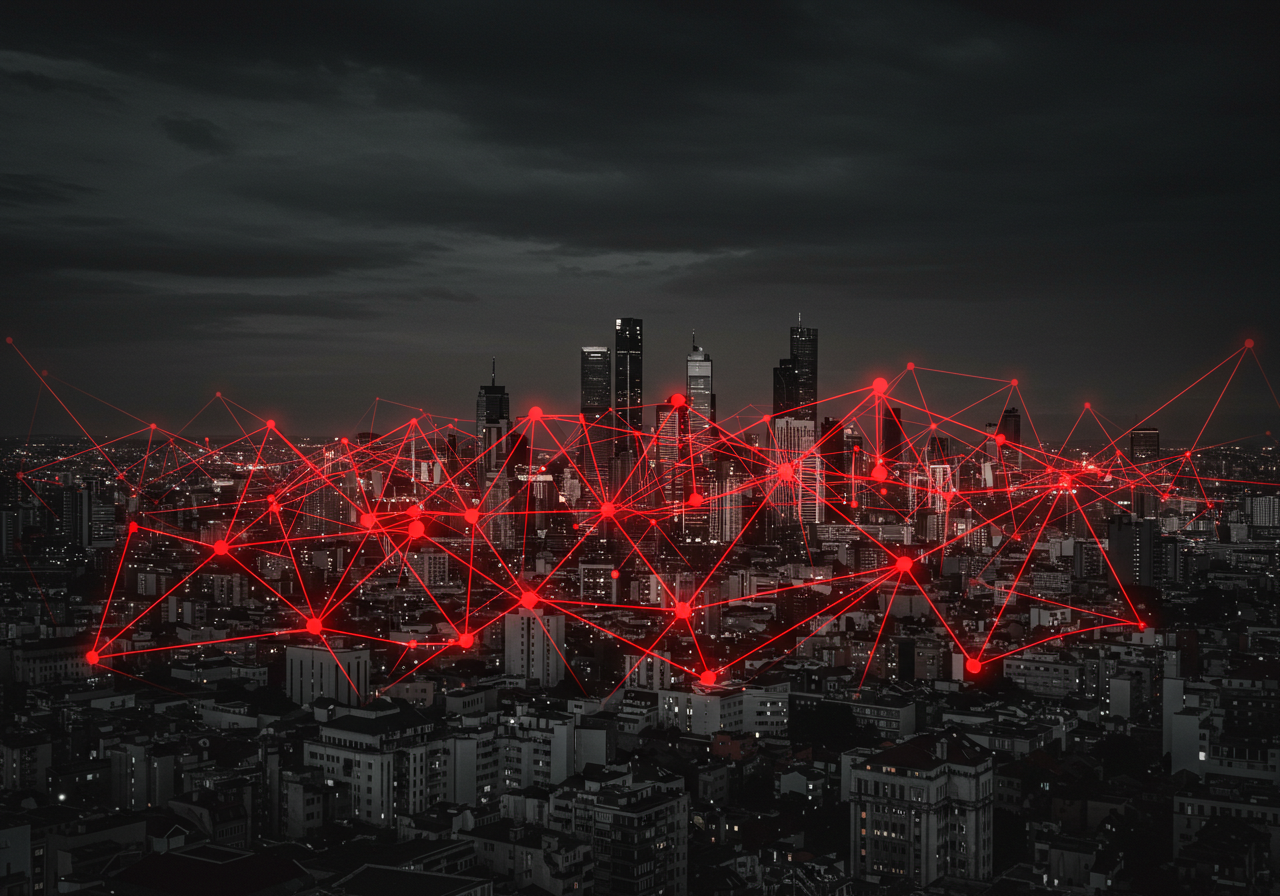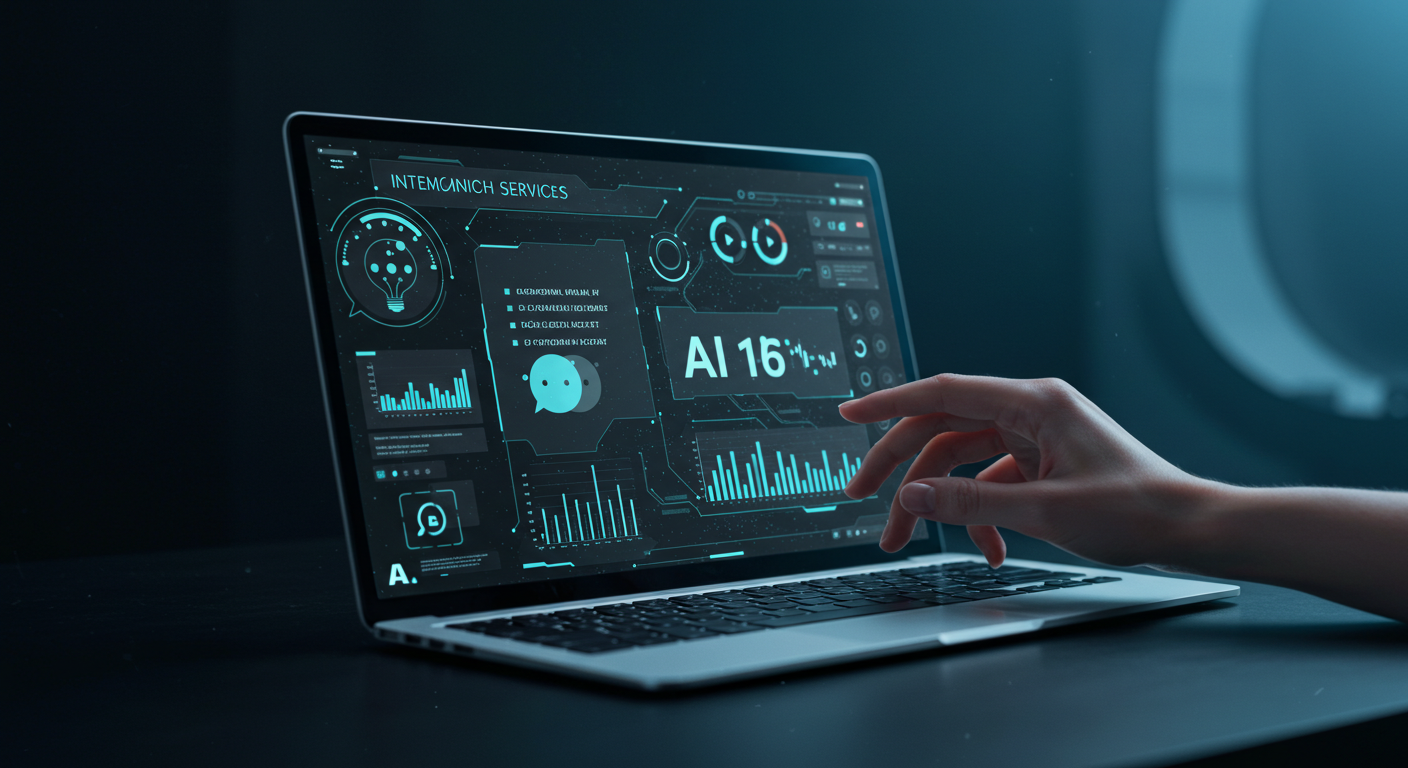Ransomware has become one of the most pervasive and damaging cyber threats in the modern digital landscape. Affecting businesses, government agencies, healthcare institutions, and individuals alike, ransomware attacks have evolved from simple data-locking malware to sophisticated extortion campaigns that can cripple entire organizations. With cybercriminals increasingly targeting critical infrastructure and demanding exorbitant ransoms, understanding ransomware and how to defend against it is more important than ever.
What is Ransomware?
Ransomware is a type of malicious software that encrypts a victim’s data or locks access to their system, demanding payment in exchange for restoring access. These attacks are typically carried out using phishing emails, malicious links, or security vulnerabilities that allow attackers to infiltrate a network. Once inside, ransomware spreads quickly, encrypting files and rendering them inaccessible until a ransom is paid—usually in cryptocurrency to obscure the attackers’ identity.
Ransomware has evolved significantly over the years. Early variants merely locked users out of their systems with basic screen-blocking messages, while modern strains employ advanced encryption techniques that make data recovery nearly impossible without a decryption key. Cybercriminals have also adopted double extortion tactics, where they not only encrypt the victim’s files but also threaten to leak sensitive data if the ransom is not paid. This added pressure forces many victims into paying, even if they have data backups.
How Ransomware Attacks Work
A ransomware attack typically follows a multi-stage process, beginning with an initial breach and ending with an extortion demand.
The attack often starts with social engineering tactics, such as phishing emails that trick users into clicking malicious links or opening infected attachments. These emails may appear to come from legitimate sources, such as company executives, financial institutions, or trusted vendors. Once the victim interacts with the malicious content, the ransomware payload is deployed, giving the attackers a foothold in the system.
Exploiting software vulnerabilities is another common entry point. Attackers scan for unpatched systems or weak security configurations that allow them to gain unauthorized access. Remote Desktop Protocol (RDP) exploits, misconfigured cloud storage, and outdated software are frequent targets.
Once inside the network, ransomware rapidly spreads by encrypting files across local systems, shared drives, and cloud storage. Some advanced strains actively seek out backups and attempt to delete or encrypt them to prevent recovery. After encryption is complete, the attacker displays a ransom note demanding payment, often providing instructions on how to purchase cryptocurrency and send it to a designated wallet.
Victims are typically given a deadline to pay, with the threat that their files will be permanently deleted or leaked online if they fail to comply. Some cybercriminal groups operate ransomware-as-a-service (RaaS) models, offering their malware to affiliates who carry out attacks in exchange for a share of the ransom, further expanding the ransomware ecosystem.
The Consequences of Ransomware Attacks
The impact of ransomware extends far beyond financial losses, affecting organizations operationally, legally, and reputationally.
One of the most immediate consequences is downtime. When critical systems are locked, businesses are unable to operate, leading to lost revenue, halted services, and disruption of essential functions. Hospitals, for example, have had to cancel surgeries and divert emergency patients due to ransomware attacks affecting their digital systems.
Financial damages go beyond just the ransom payment. Organizations often incur significant costs related to incident response, system restoration, legal fees, regulatory fines, and lost business opportunities. In some cases, the ransom itself is only a fraction of the overall cost of recovery.
Reputational harm is another major consequence. When sensitive customer data is stolen and leaked, public trust is eroded. Companies that fail to protect their clients’ information may suffer long-term damage to their brand, losing customers and business partners in the process.
From a regulatory standpoint, ransomware attacks can lead to legal and compliance issues, especially if they involve breaches of personal data. Organizations in industries like healthcare, finance, and government face strict data protection regulations, and failure to secure information can result in hefty penalties.
Why Paying the Ransom is Risky
Faced with operational paralysis and the threat of data exposure, many victims consider paying the ransom. However, cybersecurity experts and law enforcement agencies strongly advise against it.
There is no guarantee that attackers will provide a working decryption key after payment. Many victims have paid ransoms only to receive faulty or incomplete decryptors, leaving them with inaccessible files and financial losses. Some ransomware gangs have also been known to demand additional payments even after the initial ransom has been met.
Paying ransoms encourages further attacks, fueling the ransomware economy and incentivizing criminals to continue their operations. Organizations that pay once may also be targeted again, as attackers see them as willing victims.
In some jurisdictions, paying a ransom to cybercriminals associated with sanctioned entities may also be illegal. Government agencies such as the U.S. Treasury Department’s Office of Foreign Assets Control (OFAC) have warned that facilitating ransomware payments to sanctioned groups could result in legal consequences.
Defensive Strategies
Preventing ransomware attacks requires a multi-layered security approach that combines employee awareness, robust cybersecurity measures, and proactive incident response planning.
Cyber hygiene is one of the most important defenses. Organizations should educate employees on recognizing phishing emails, avoiding suspicious links, and practicing safe browsing habits. Many ransomware attacks exploit human error, making awareness training a critical component of any security strategy.
Regular software updates and patch management help close security gaps that ransomware operators often exploit. Keeping operating systems, applications, and security tools up to date reduces the risk of attackers leveraging known vulnerabilities to gain access.
Network segmentation is another effective defense mechanism. By dividing IT environments into separate zones, businesses can prevent ransomware from spreading across the entire network. Limiting access to critical systems and using zero-trust security models—which require users to verify their identity before accessing sensitive data—can further reduce risk.
Backing up data frequently and securely is essential for recovery in the event of an attack. Backups should be stored in offline, air-gapped environments that cannot be easily accessed by ransomware. Testing backup restoration processes ensures that organizations can quickly recover from an attack without paying a ransom.
Endpoint detection and response (EDR) solutions help identify and block ransomware before it executes. Advanced security tools use behavioral analysis and AI-driven threat detection to monitor system activity for signs of ransomware infections, stopping them before they cause damage.
Incident response planning is key to minimizing the impact of a ransomware attack. Organizations should develop and regularly test response plans that outline containment, eradication, and recovery steps. Having a pre-established communication strategy ensures that stakeholders, law enforcement, and cybersecurity teams can act quickly in the event of an attack.
The Future of Ransomware and Cybersecurity
As cybersecurity defenses improve, ransomware tactics continue to evolve. Attackers are increasingly using double and triple extortion, where they encrypt data, threaten to leak it, and launch additional attacks such as Distributed Denial-of-Service (DDoS) attacks to pressure victims into paying.
The rise of artificial intelligence and automation is also influencing the ransomware landscape. Cybercriminals are leveraging AI to create more sophisticated phishing campaigns and evade traditional security measures. At the same time, security teams are using AI-driven solutions to enhance threat detection, automate incident response, and predict attack patterns.
Governments and international organizations are intensifying efforts to combat ransomware through stricter regulations, information-sharing initiatives, and law enforcement crackdowns on cybercriminal groups. However, as long as ransomware remains profitable, it will continue to be a major cybersecurity challenge.
Organizations that invest in strong cybersecurity frameworks, employee training, and proactive defense strategies will be better equipped to withstand ransomware threats. While no system is entirely immune, a well-prepared organization can significantly reduce its risk and recover more effectively if an attack occurs.
Ransomware has become one of the most serious cybersecurity threats of the modern era, with attacks disrupting businesses, governments, and critical infrastructure worldwide. Understanding how ransomware works, the risks of paying ransoms, and the best defense strategies is essential for minimizing its impact. By adopting a proactive security approach, businesses and individuals can protect themselves against this growing digital menace and build resilience against future threats. Contact us today to discuss a comprehensive ransomware prevention solution.



